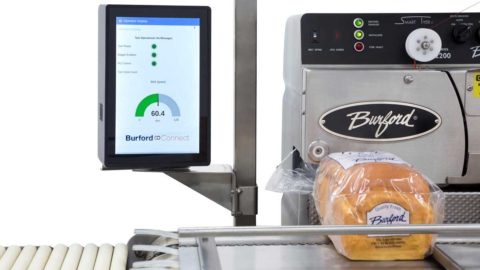
Illustrator (Source: Internet)
Manufacturing flexibility means the ability to handle a wide range of products from small to very large quantities, allowing changes in assembly of parts and changes in process sequences, changes in production volumes and changes. Design changes of some manufactured products. This is also the biggest advantage of FMS: High flexibility in managing production resources (such as materials, time, manpower, etc). This advantage is most evident when producing small products on a large scale (mass production).
FMS data traffic consists of large files and short messages and mainly comes from scripts, devices and tools. Message sizes range from several bytes to several hundred bytes. For example, control software and other data are large files, while instructions for processing, device-to-device information, status monitoring and data reporting are transmitted at small size.
There are also some changes in response time. Large program files from a main computer usually take about 60 seconds to download to each device or node when FMS starts. Messages for tool data need to be sent within a periodic time with defined delay time. Different types of messages use different Token with specific features to command devices.
The Bus token has a defined message delay, but it does not support the priority access scheme needed in FMS communication. The Ring token provides priority access and low message latency, however, its data transmission is not reliable. A single node error can occur quite often in FMS causing a message transmission error in that code.
There is a design of FMS system created to support real-time communication with low response latency. This design is applicable when the device has an error or malfunction due to heat, dust and electromagnetic interference. It provides a priority mechanism and immediate emergency message transmission so that operators can apply appropriate recovery procedures.
In general, the integration of FMS system into production brings many advantages to your organization, such as: significantly reducing the cost of materials; optimize the duration of resources in a production process; improve machine efficiency and overall labor productivity; reduce inventories; increase the reliability of the system; and finally, meet more orders to compete with competitors in the same industry.
Productivity and Quality Office